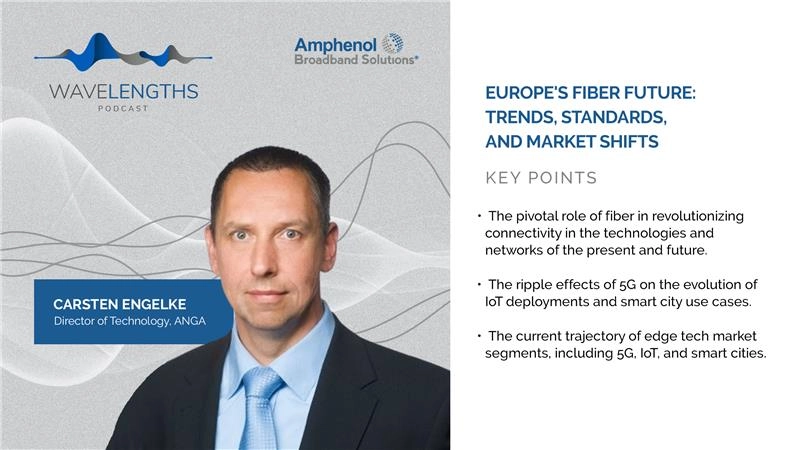The Positive Domino Effect of Commercial Driver Monitoring with Eric Waldinger
Commercial driver monitoring as well as commuter monitoring can lead to safer roads: It’s an idea almost everyone can get behind. But how do we make driving safer for both the commuters and commercial shipping carriers that share the same road? Eric Waldinger, CMO at SambaSafety, affirms that driver monitoring is the key to safer roads and saving lives on this episode of The Blind Spot.
When commercial carriers institute driver monitoring for a fleet, a domino effect takes place: insurance claims and premiums go down, liability lowers, safe and risky drivers are quickly identified, and human lives are saved from negligent driving. It is a bold claim, but Waldinger has the facts to back it up.
“When an organization puts in driver monitoring, they reduce their crash footprint by 14%,” he said.
Driver monitoring gives a complete look at an organization’s driving behavior. It goes beyond pulling annual driving records by providing comprehensive and immediate data on behavior.
In turn, insurance underwriters have better information for accurately quoting customers at the right level, lowering self-insurance costs. Safer drivers can also save companies big bucks. But Waldinger said it is not just about saving money on insurance, but about optimizing that insurance coverage to work for your organization’s performance, allowing leftover money to go to higher-risk areas.
Technology is undoubtedly changing our lives, and in the case of commercial shipping, it’s saving them with commercial driver monitoring systems.
As Waldinger puts it, it is a “win, win, win, win.” All parties: businesses, brokers, carriers, and all the way down to everyday drivers are benefiting from safer roads and saving money.




